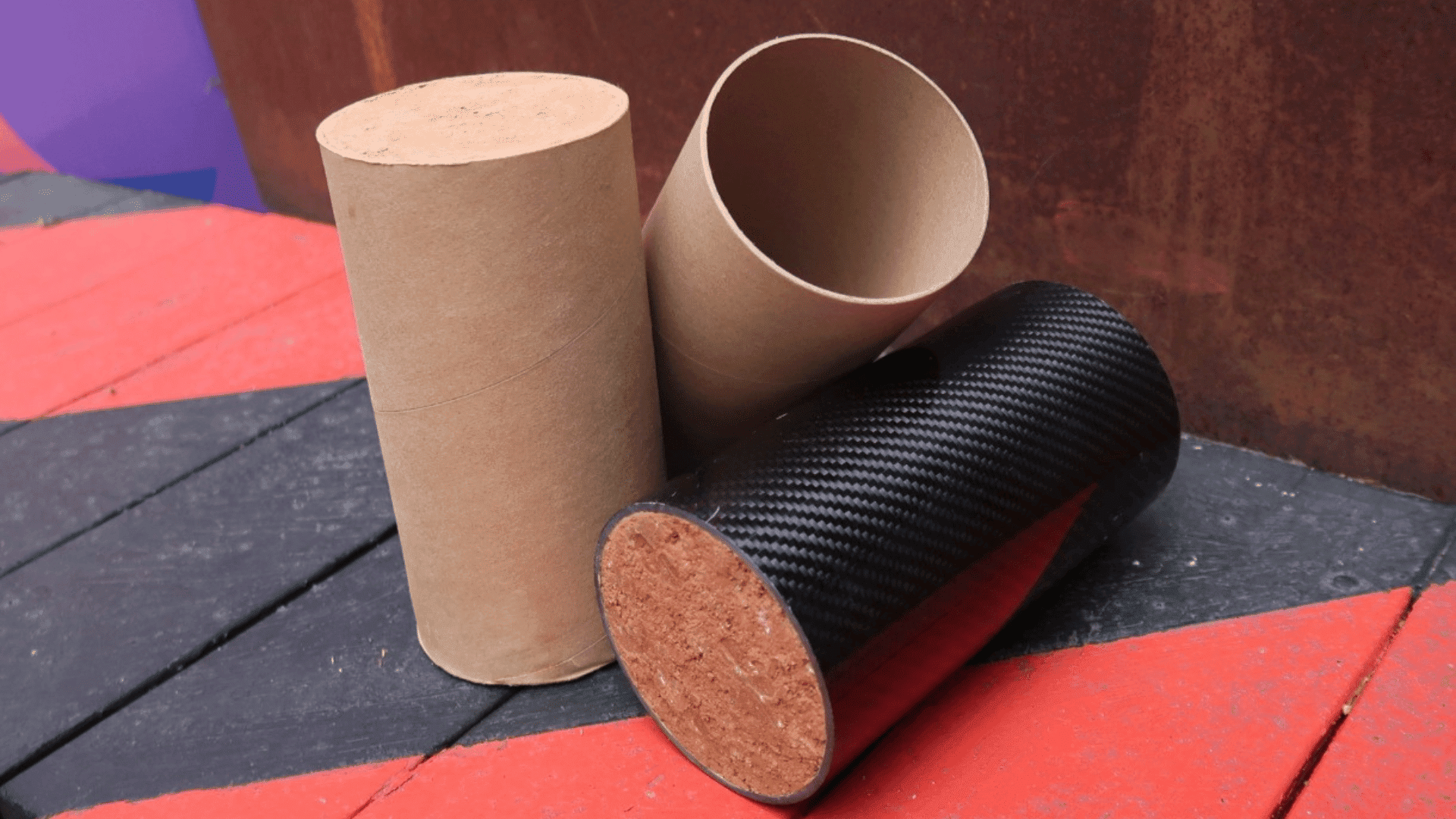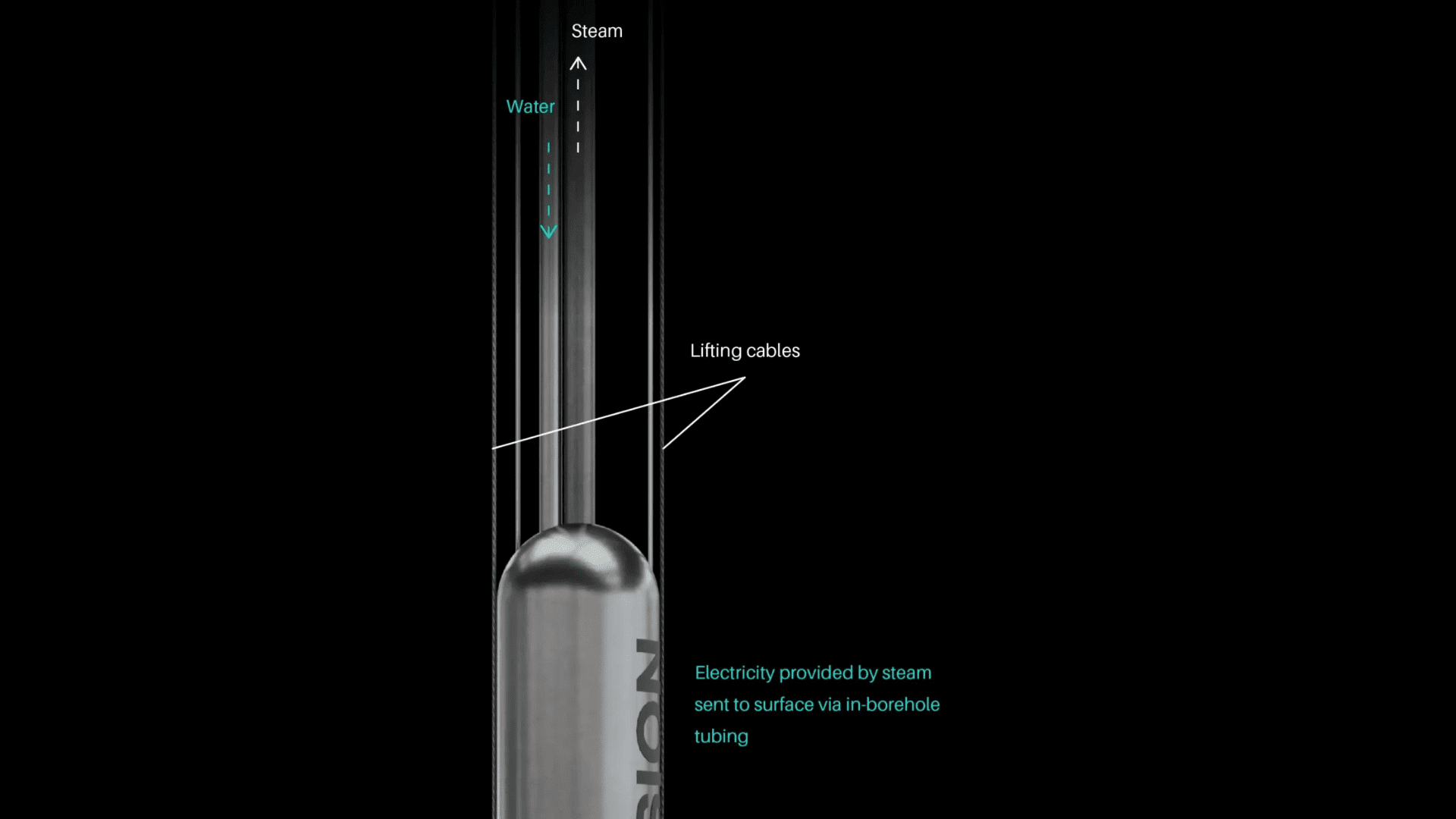Engineers have been getting creative with turning waste into practical materials. In this case, engineers from RMIT University in Australia turned cardboard waste into a new building material with a “substantially” lower carbon footprint than traditional concrete.
Their material is called cardboard-confined rammed earth. According to the engineers, it is composed entirely of cardboard, water, and soil. The novel material is reusable, recyclable, and environmentally friendly.
According to the RMIT engineers, the material addresses two major environmental issues. First, it addresses the vast amount of waste sent to landfills. Second, it addresses the high emissions from concrete production. In Australia alone, they say, over 2.2 million tons of cardboard and paper are disposed of annually.
Simultaneously, cement and concrete production account for about 8% of annual global emissions. The researchers took inspiration from the previous use of cardboard in temporary structures. According to the RMIT team, they’re the first to combine the durability of rammed earth with the versatility of cardboard. As a result, they created a long-lasting, robust building material.
Cardboard Waste Turns Into Sturdy Building Material

The study’s lead author, Dr. Jiaming Ma, says the new material could eliminate the need for cement, which is often added to modern rammed earth for strength. In addition, the material boasts about one-quarter of the carbon footprint and costs less than one-third of concrete’s price.
“By simply using cardboard, soil, and water, we can make walls robust enough to support low-rise buildings,” Dr. Ma said. “This innovation could revolutionize building design and construction, using locally sourced materials that are easier to recycle.”
Another benefit is the material’s practicality. According to the engineers, it can be made on-site, reducing the need to transport heavy materials.
Corresponding author Yi Min ‘Mike’ Xie said, “Instead of hauling in tons of bricks, steel and concrete, builders would only need to bring lightweight cardboard, as nearly all material can be obtained on site.” Its practicality simplifies logistics and reduces transport costs and upfront material demands.
Researchers explain that cardboard-confined rammed earth is particularly effective for hot climates. Its high thermal mass naturally regulates indoor temperatures. As a result, the need for mechanical cooling is eliminated, further cutting down carbon emissions.
“We’ve created a way to figure out how the thickness of the cardboard affects the strength of the rammed earth, allowing us to measure strength based on cardboard thickness,” Dr. Ma said.







